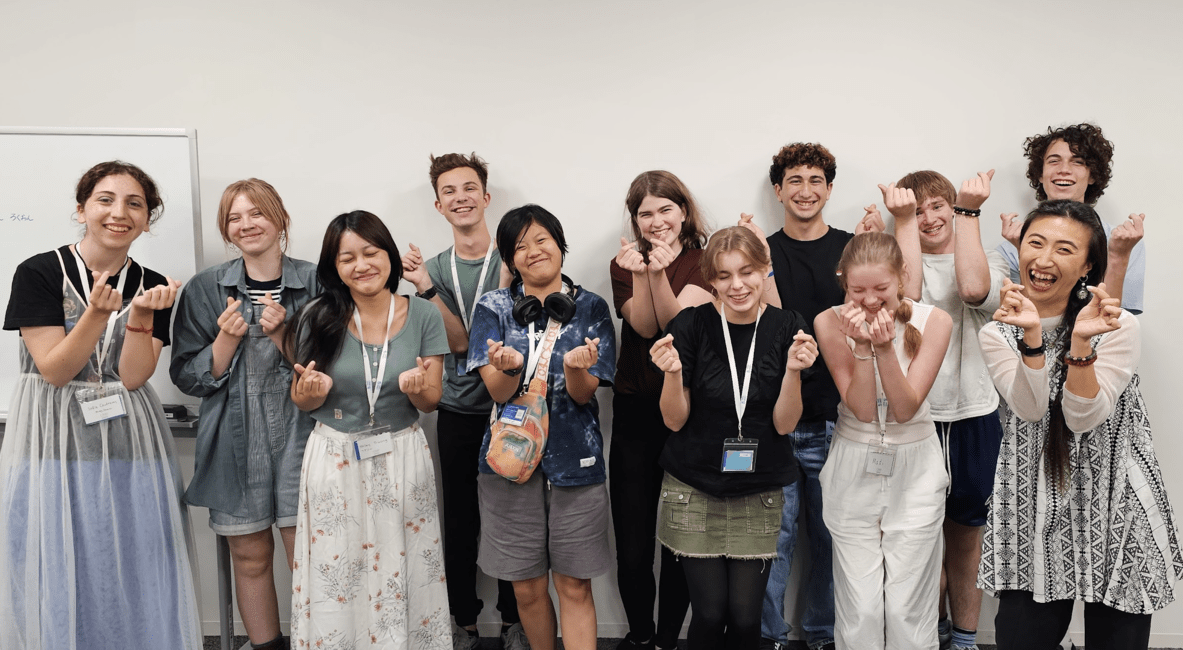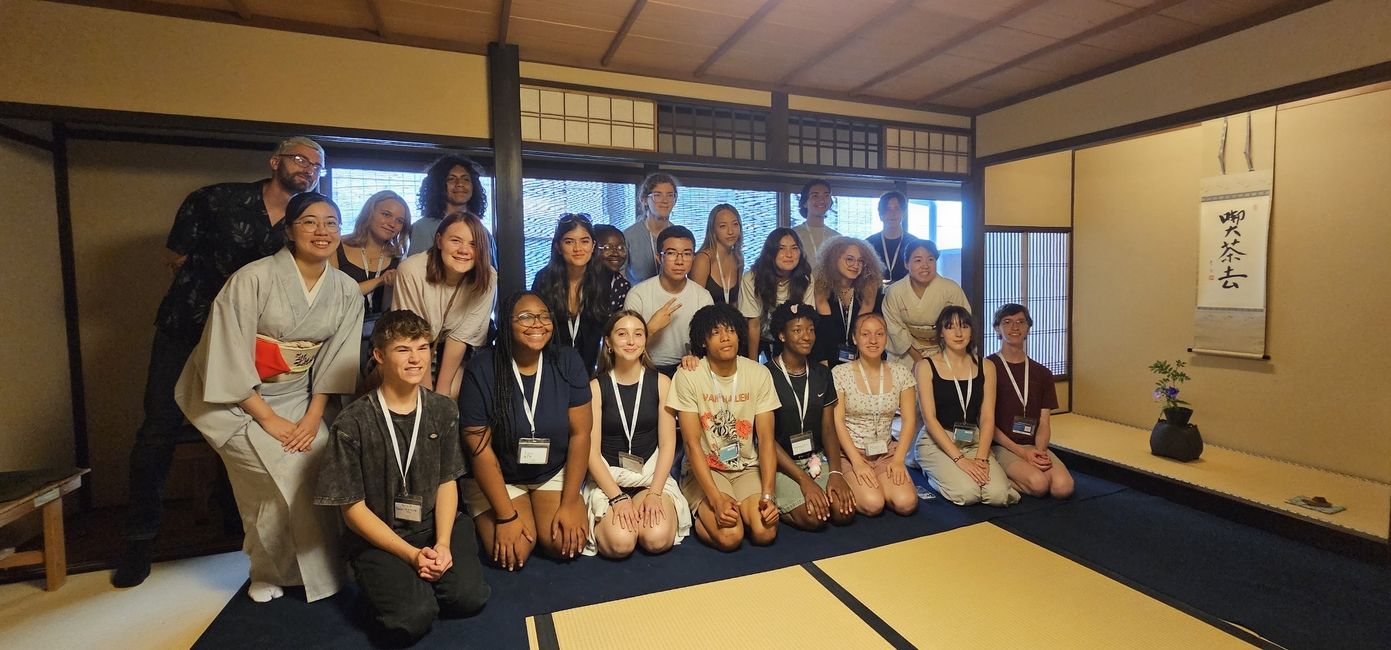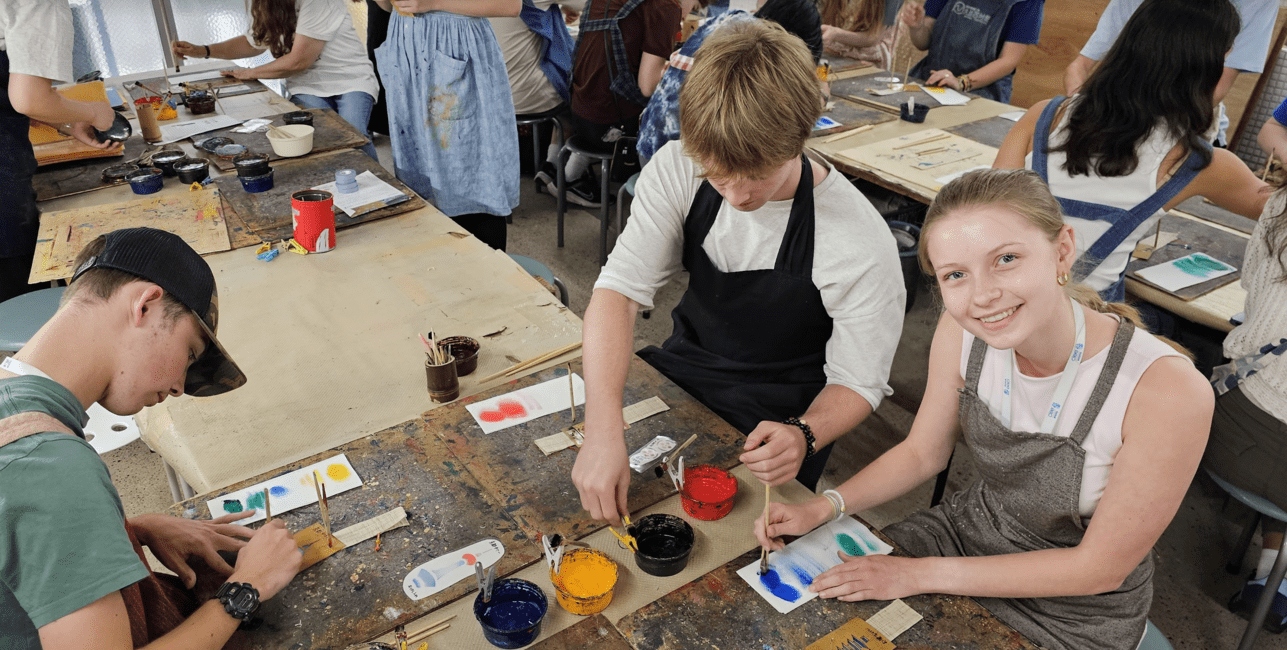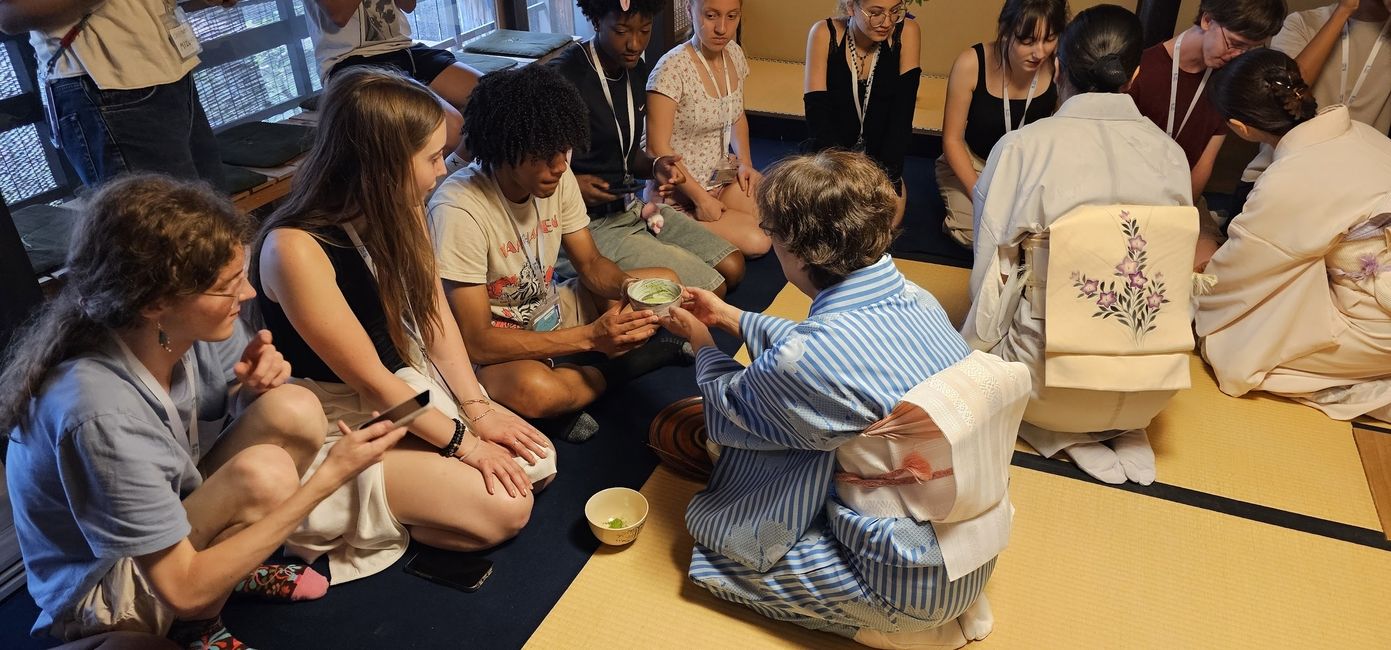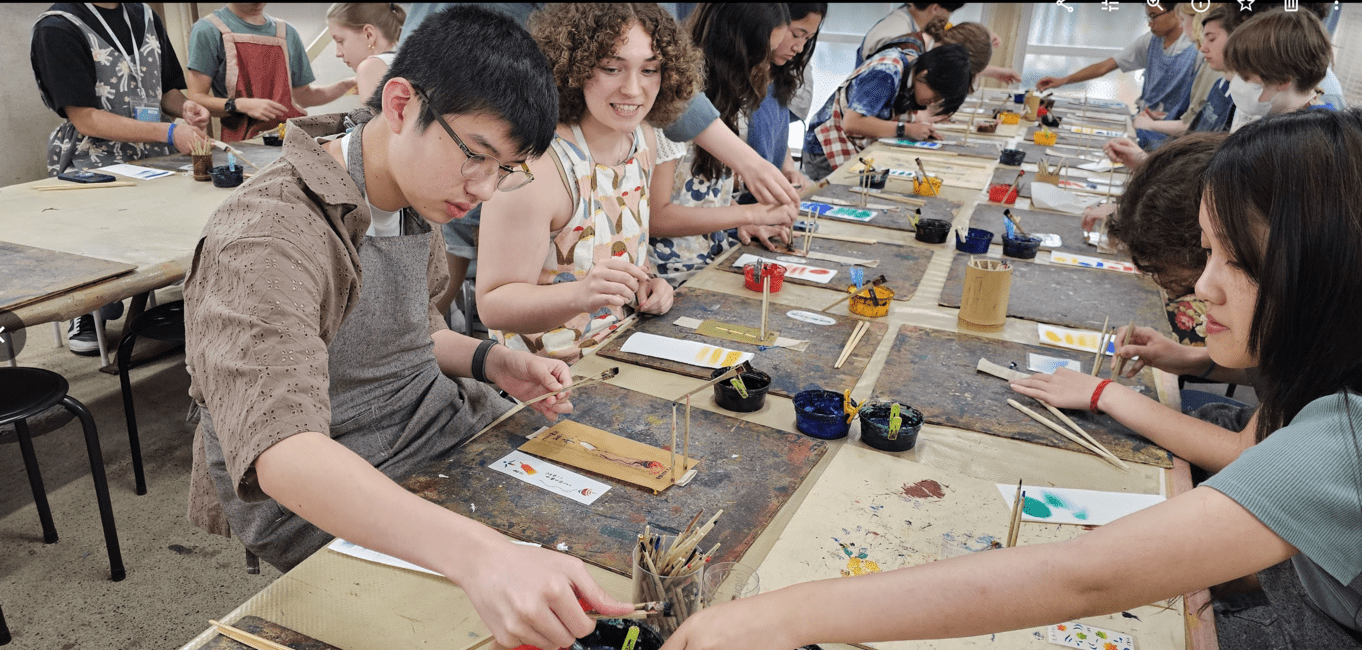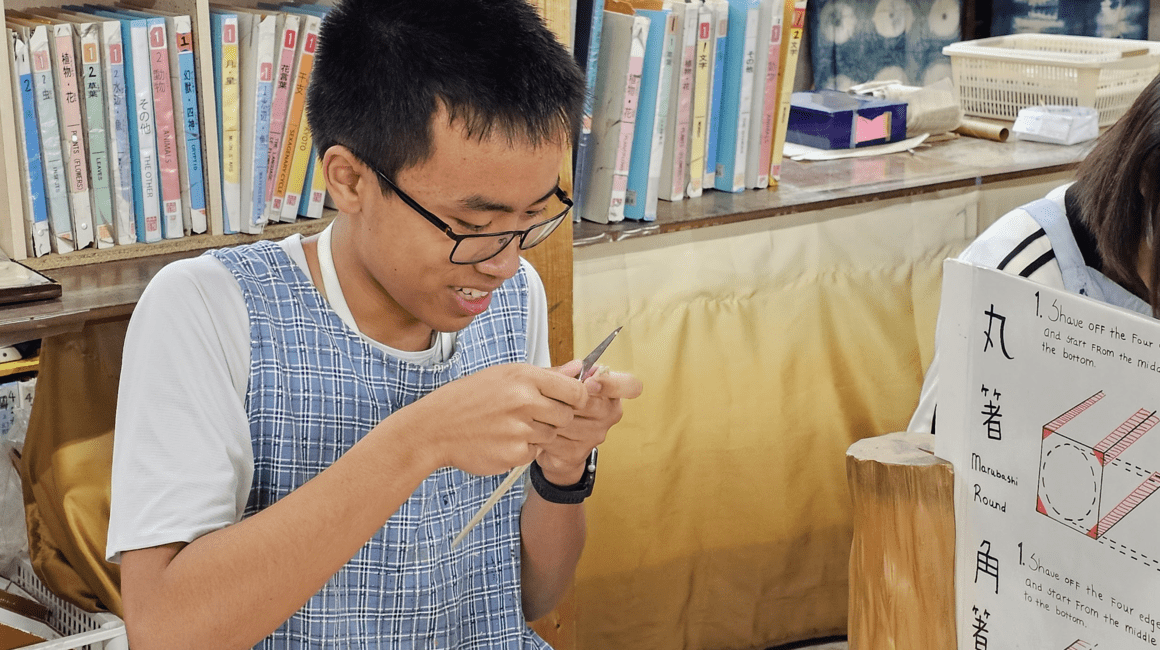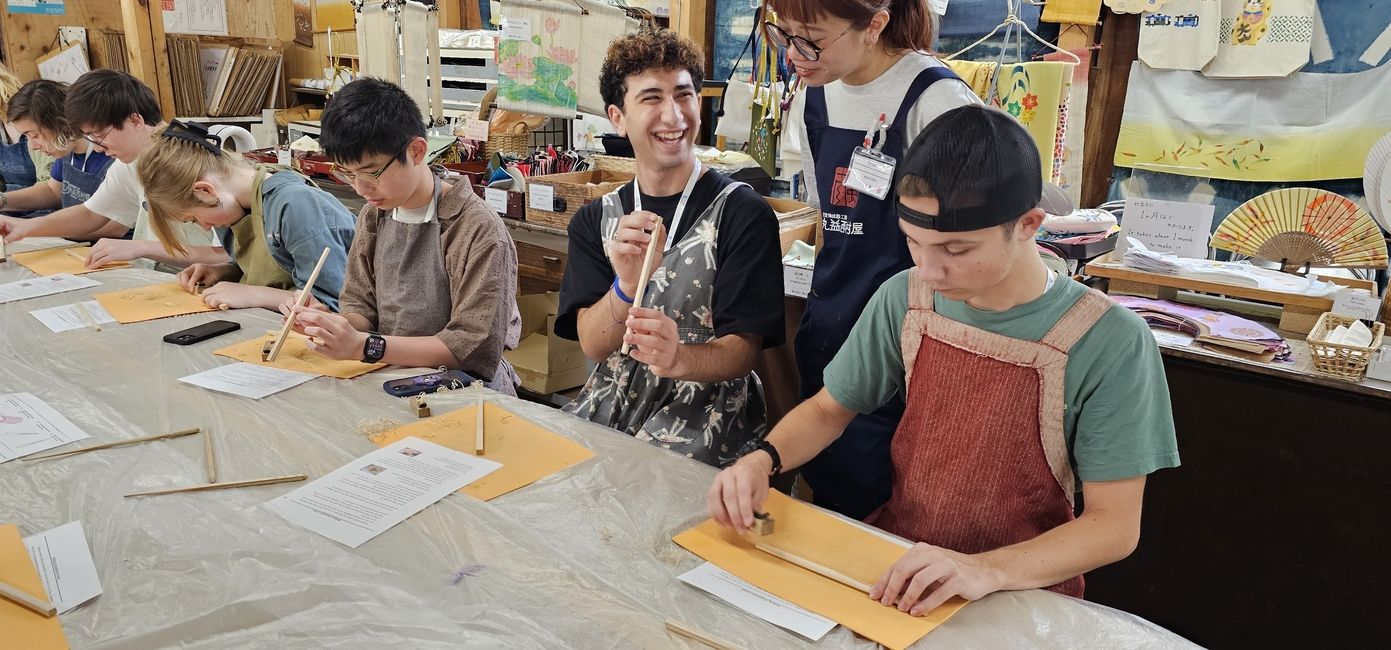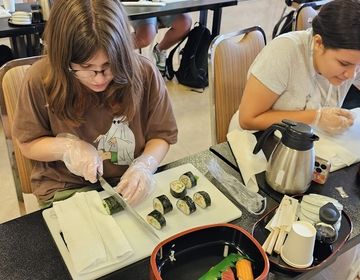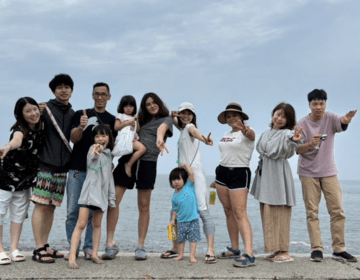One Time, One Meeting
一期一会。侘び寂び。おもてなし。Ichigo ichie. Wabisabi. Omotenashi.
Tea ceremony encapsulates much of what is central to Japanese culture, and much of what is central to Japanese culture can be difficult to translate. Students had the opportunity this week to participate in a Japanese tea ceremony, a Zen meditation that was often practiced by the samurai; the concentration needed to complete each step the same way aided a warrior’s ability to focus in battle. Thankfully, CIEE students don’t have to face many battles with swords, but we all have our own personal battles for which concentration and mental clarity can help.
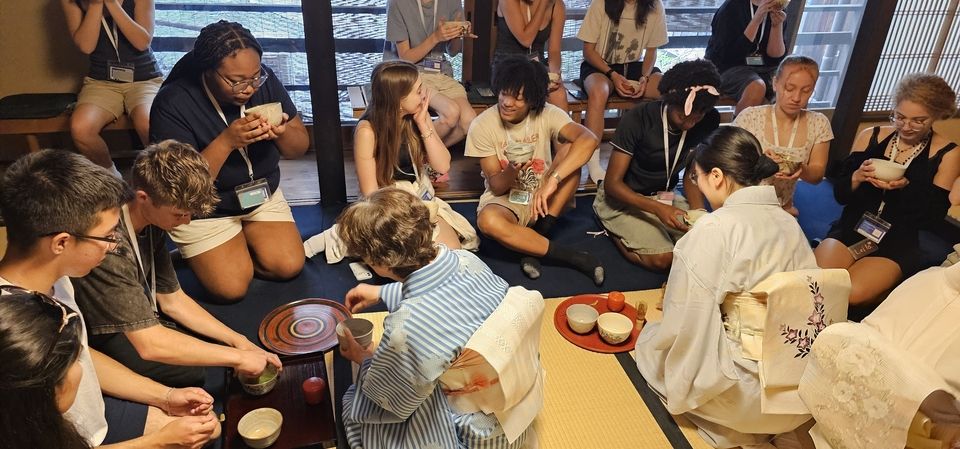
Trying to whisk the tea can be harder than you think! Students were invited to scoop the powder, pour the water, and whisk the tea themselves, but trying to get those bubbles just right is easier said than done. No matter the result, the tea had a rich umami flavor and, thankfully, students were able to purchase some of the tea powder if they wished, so they can introduce it to their friends and family back home!
While tea ceremony is meant to be completed the same way via the same steps, it also celebrates the idea of wabi-sabi: the world is impermanent and imperfect, and we should love that and celebrate that. Striving for perfection is, itself, an imperfect goal. Also core to tea ceremony is ichigo, ichie; while a tea master can do their best to reproduce a ceremony as exactly as possible, the moment, the guests, the awareness of the room will never be the same way twice, and we should relish this moment, here and now, as it is. And omotenashi encourages us to bring this mindfulness to our guests, or even just to those around us. Difficult to translate yet vital to the study of tea, these are three phrases which filter into many aspects of Japanese life and culture.
And these are all concepts that the Japanese tea master encouraged CIEE students to take home: love what is, not what isn’t. Enjoy what you have, not what you don’t have. Be here, right now, in this moment, because it will never be exactly the same again! And that, too, is okay.
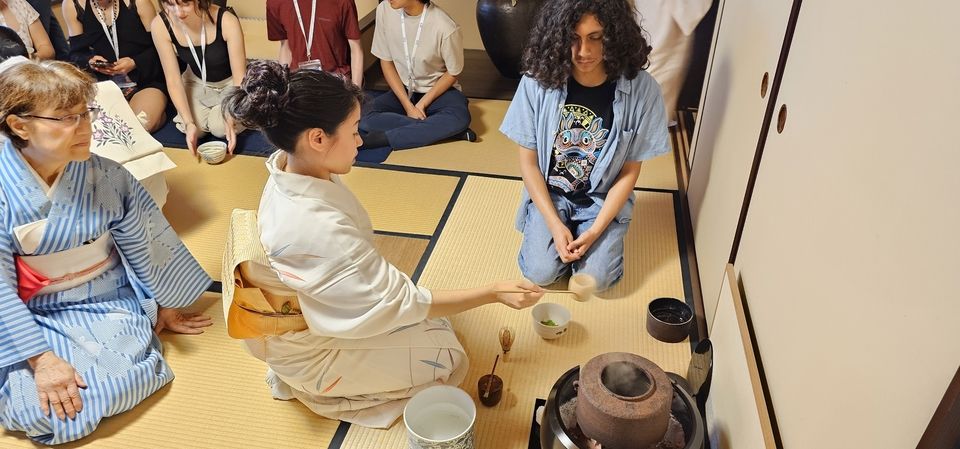
Another opportunity students had this week was the surprisingly difficult task of making chopsticks. Hashi, or chopsticks, have been used for nearly 4000 years, and CIEE students got to visit a workshop where they could plane the chopsticks down to their preference and then carve designs into the ends as they wishes. Afterward, they were invited to stencil and paint traditional designs onto a chopstick bag.
We are a mere 10 days from departing this Kyoto program. Enjoy the here and now, embrace the impermanence, and love each one of these last few moments. To paraphrase Anthony Doerr: this world, as it is, is enough.
Related Posts
Level Up!
How do you “level up” in life? Video games give us all kinds of opportunities to level up; step on a toadstool and get an extra life, throw a banana... keep reading
Snippets from a Host Family Weekend!
One of the cornerstones of the Language and Culture session is the homestay experience. Rather than staying in a hotel, students are welcomed into the homes of a Japanese family... keep reading
Taking the plunge!
清水の舞台から飛び降りる. To take the plunge! The phrase above, kiyomizu no butai kara tobioriru, literally means “to jump off the stage at Kiyomizu dera,” but is really an expression meaning “to... keep reading
